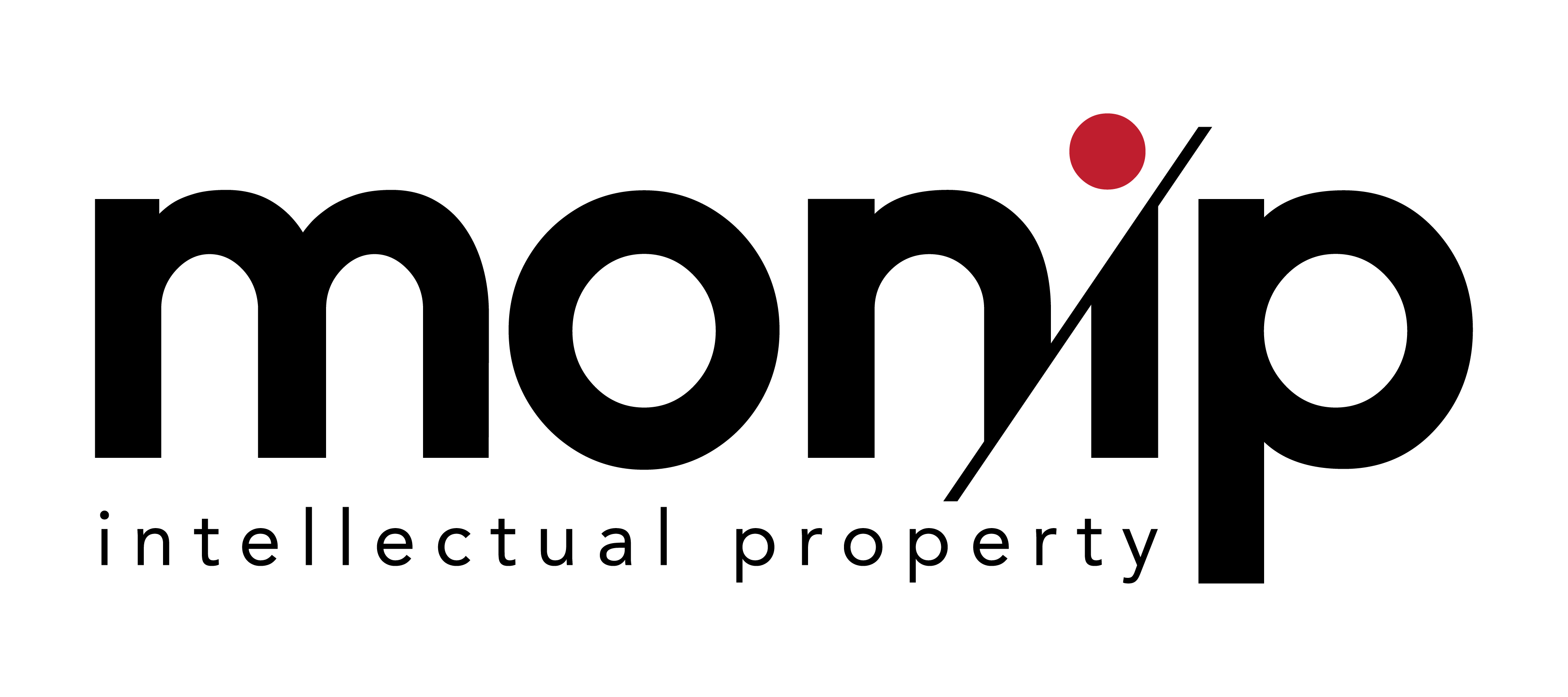Call us now:

The Hague Agreement provides a simplified and efficient system for design owners to register their designs in multiple countries through a single, centralized application. Administered by the World Intellectual Property Organization (WIPO), this system allows applicants to protect their industrial designs in multiple member states and intergovernmental organizations, including the European Union Intellectual Property Office (EUIPO), without the need to file separate applications in each country.
This guide focuses on the Geneva Act of the Hague Agreement, the process of applying for international design protection, and the key benefits of using this system for global design registration.
The Structure of the Hague Agreement
The Hague Agreement operates under three different international treaties:
- The London Act of 1934
- The Hague Act of 1960
- The Geneva Act of 1999
The Geneva Act is the most widely used and applies to most current contracting parties, including the EUIPO. UK design owners and those from other member states can designate only the states and organizations governed by the Geneva Act.
Who Can Use the Hague System?
The Hague System is not open to everyone. To be eligible, an applicant must satisfy at least one of the following criteria:
- Nationality: Be a national of a contracting party.
- Domicile: Have a domicile in the territory of a contracting party.
- Commercial Establishment: Have a real and effective industrial or commercial establishment in the territory of a contracting party.
- Habitual Residence: Be habitually resident in a contracting party.
These eligibility requirements allow applicants from member states and intergovernmental organizations (like the EU) to seek design protection under the Hague Agreement.
How to Apply for International Design Protection
Applications under the Hague Agreement are submitted directly to WIPO in Geneva. Unlike the Madrid Protocol for trademarks, no prior “home” application or registration is required for design protection. Up to 100 designs can be included in a single application, provided all designs fall under the same class according to the International Classification of Industrial Designs.
However, some contracting parties have specific requirements. For example, the United States does not allow multiple designs in one application, so international registration may not cover all designs for that jurisdiction.
Key elements of the application include:
- Representations of the design(s).
- Official fees, which depend on the number of designs and the designated contracting parties.
- Option to defer publication up to 30 months from the filing or priority date (subject to limitations by some countries).
Applicants may also include disclaimers, a description of the design, or details about the creator of the design. For some contracting parties, this information is mandatory.
Deferment of Publication
In many cases, applicants can request a deferment of up to 30 months for the publication of the design. This allows businesses to keep their designs confidential while finalizing market strategies. However, deferment periods vary by country—some do not permit deferment at all, while others have shorter periods.
Examination by WIPO
Once an application is filed, WIPO conducts a formal examination to ensure that the application meets all procedural requirements, including the payment of fees and the quality of the design representations. Importantly, WIPO does not examine the designs for substantive grounds, such as novelty or inventiveness. This evaluation is left to the national or regional offices of the designated contracting parties.
What Happens After WIPO’s Formal Examination?
After WIPO completes its formal examination and addresses any procedural objections, the application is recorded in the International Register and published online in the International Designs Bulletin. Publication typically occurs six months after registration, but applicants can request immediate publication or further deferment (depending on the contracting parties involved).
Designated national offices have six months (or 12 months in some cases) to issue a refusal notice if the design does not comply with their national laws. Such refusals may be based on substantive grounds, such as lack of novelty or conflicts with existing design registrations.
What If There Is a Refusal?
If a designated office issues a notice of refusal, WIPO will notify the applicant or their representative. Any responses or appeals must be handled directly with the designated national office—WIPO does not manage substantive objections beyond forwarding the refusal.
Effects of International Registration
Assuming no refusals are issued (or that any refusals are successfully resolved), the international registration is granted the same level of protection as if the design had been registered directly in each designated country. This offers the applicant a cost-effective way to secure design rights across multiple jurisdictions simultaneously.
Duration and Renewal of an International Registration
The initial duration of an international design registration is five years. Renewals are also granted in five-year increments, but the total duration depends on the laws of the designated countries. In most cases, the maximum duration of protection is 25 years, though some countries limit design protection to 10 or 15 years.
Renewals are managed through WIPO, allowing applicants to renew all or part of the designs and designations covered by their international registration.
Recordal of Changes
WIPO manages the recordal of various changes, including:
- Changes to the owner’s name or address.
- Transfers of ownership (for all or part of the designs and/or designated countries).
- Renunciation of designs in particular countries.
- Limitation of designs for specific designated countries.
These centralized procedures simplify the management of an international design portfolio.
Advantages of the Hague Agreement
- Centralized Application Process: The Hague Agreement allows for the centralized filing of one application to cover multiple countries, significantly reducing administrative burdens.
- Cost-Effective Management: Applicants can deal with renewals and changes centrally through WIPO, avoiding the need to interact with multiple national offices.
- Flexibility: The ability to include up to 100 designs in a single application (provided they fall under the same class) can provide cost savings, and the option to defer publication offers strategic flexibility.
- Avoiding Local Attorney Fees: Provided no objections arise, applicants can avoid the costs of engaging local attorneys in each country where protection is sought.
Conclusion
The Hague Agreement offers an efficient and economical solution for businesses seeking to protect their industrial designs across multiple jurisdictions. With a single application, design owners can secure protection in countries that are party to the Geneva Act, avoiding the complexity and cost of filing separate national applications.
Whether you are looking to protect a new design or expand an existing design portfolio internationally, the Hague System provides a streamlined route to global design protection. For those needing guidance on the application process or specific country requirements, our team of experts can provide comprehensive support to ensure your designs are fully protected.
